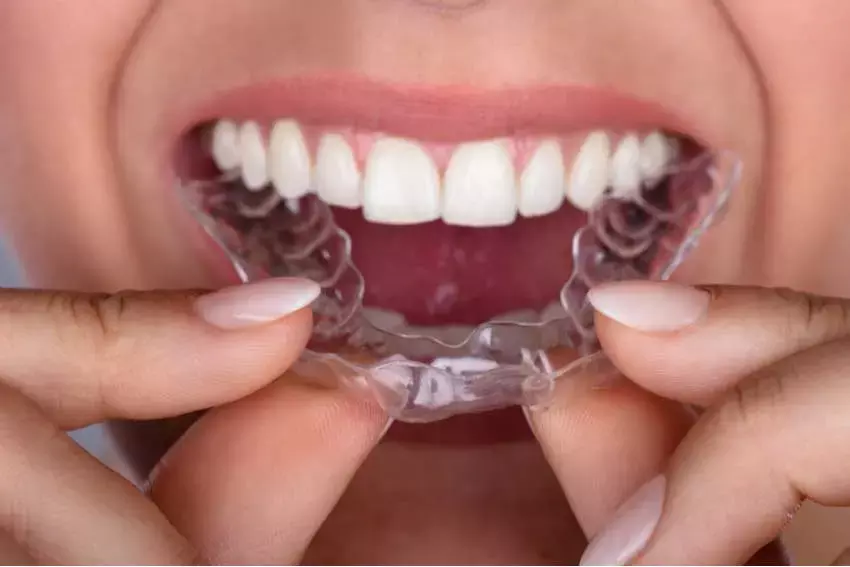- Home
- Medical news & Guidelines
- Anesthesiology
- Cardiology and CTVS
- Critical Care
- Dentistry
- Dermatology
- Diabetes and Endocrinology
- ENT
- Gastroenterology
- Medicine
- Nephrology
- Neurology
- Obstretics-Gynaecology
- Oncology
- Ophthalmology
- Orthopaedics
- Pediatrics-Neonatology
- Psychiatry
- Pulmonology
- Radiology
- Surgery
- Urology
- Laboratory Medicine
- Diet
- Nursing
- Paramedical
- Physiotherapy
- Health news
- Fact Check
- Bone Health Fact Check
- Brain Health Fact Check
- Cancer Related Fact Check
- Child Care Fact Check
- Dental and oral health fact check
- Diabetes and metabolic health fact check
- Diet and Nutrition Fact Check
- Eye and ENT Care Fact Check
- Fitness fact check
- Gut health fact check
- Heart health fact check
- Kidney health fact check
- Medical education fact check
- Men's health fact check
- Respiratory fact check
- Skin and hair care fact check
- Vaccine and Immunization fact check
- Women's health fact check
- AYUSH
- State News
- Andaman and Nicobar Islands
- Andhra Pradesh
- Arunachal Pradesh
- Assam
- Bihar
- Chandigarh
- Chattisgarh
- Dadra and Nagar Haveli
- Daman and Diu
- Delhi
- Goa
- Gujarat
- Haryana
- Himachal Pradesh
- Jammu & Kashmir
- Jharkhand
- Karnataka
- Kerala
- Ladakh
- Lakshadweep
- Madhya Pradesh
- Maharashtra
- Manipur
- Meghalaya
- Mizoram
- Nagaland
- Odisha
- Puducherry
- Punjab
- Rajasthan
- Sikkim
- Tamil Nadu
- Telangana
- Tripura
- Uttar Pradesh
- Uttrakhand
- West Bengal
- Medical Education
- Industry
Gaseous Ozone Shows Microbicidal Capacity in Sterilizing Clear Aligners, finds study

Orthodontic devices, including clear aligners, are commonly used for the correction of dental misalignments. However, these devices can serve as breeding grounds for microbial contamination, posing potential health risks to users. Effective sterilization methods are essential to ensure the safety and efficacy of orthodontic treatments. Traditional sterilization techniques may not adequately eliminate all pathogens, leading researchers to explore alternative methods for sterilizing orthodontic devices.
In a recent study, researchers investigated the efficacy of a novel sterilization method involving the exposure of clear aligners to a gaseous ozone/oxygen mixture. This study was published in The Angle Orthodontist. The study was conducted by Fabiana and colleagues. Microbial contamination of orthodontic devices is a significant concern within the field of dentistry. Clear aligners, in particular, come into direct contact with oral tissues and saliva, creating an environment conducive to microbial growth.
Conventional sterilization methods, such as chemical immersion or autoclaving, may not penetrate all areas of the aligners, leaving behind residual pathogens. As a result, there is a need for innovative sterilization techniques that can effectively eradicate microorganisms from orthodontic devices. Fifty samples of polyethylene terephthalate glycol (PET-G) aligners were intentionally contaminated through manual handling to simulate real-world conditions. The samples were then divided into different groups: thirty samples were exposed to the gaseous ozone/oxygen mixture for varying durations, ten samples were treated with chlorhexidine digluconate as a positive control, and ten samples served as a negative control.
The optical densities (OD) of initial and final microbial cultures were measured for all groups. Statistical analysis was conducted using the Kruskal-Wallis and Wilcoxon tests to assess differences between groups and within groups. The key findings of the study were:
The study found that exposure to the gaseous ozone/oxygen mixture for 72 hours resulted in significant microbicidal activity.
This sterilization efficacy was comparable to the positive control group treated with chlorhexidine digluconate immersion.
Statistically significant differences were observed within groups, particularly for the samples exposed to the gaseous mixture for 72 hours, as well as for the positive and negative control groups.
Significant differences were found in multiple comparisons between the application of gaseous ozone (48 hours and 72 hours) and the negative control group.
The findings of this study suggest that direct exposure of clear aligners to gaseous ozone within their packaging can effectively sterilize the devices, eliminating potentially pathogenic microorganisms. This innovative sterilization method holds promise for enhancing the safety and reliability of clear aligners in orthodontic practice. Integration of gaseous ozone sterilization into the manufacturing processes of clear aligners may contribute to reducing the risk of infection for users and improving overall treatment outcomes.
Reference:
Nicita, F., Calapaj, M., Alibrandi, S., Donato, L., Aquilio, E., D’Angelo, R., & Sidoti, A. (2024). Efficacy of an experimental gaseous ozone-based sterilization method for clear aligners. The Angle Orthodontist, 94(2), 194–199. https://doi.org/10.2319/061623-421.1
Dr Riya Dave has completed dentistry from Gujarat University in 2022. She is a dentist and accomplished medical and scientific writer known for her commitment to bridging the gap between clinical expertise and accessible healthcare information. She has been actively involved in writing blogs related to health and wellness.
Dr Kamal Kant Kohli-MBBS, DTCD- a chest specialist with more than 30 years of practice and a flair for writing clinical articles, Dr Kamal Kant Kohli joined Medical Dialogues as a Chief Editor of Medical News. Besides writing articles, as an editor, he proofreads and verifies all the medical content published on Medical Dialogues including those coming from journals, studies,medical conferences,guidelines etc. Email: drkohli@medicaldialogues.in. Contact no. 011-43720751


